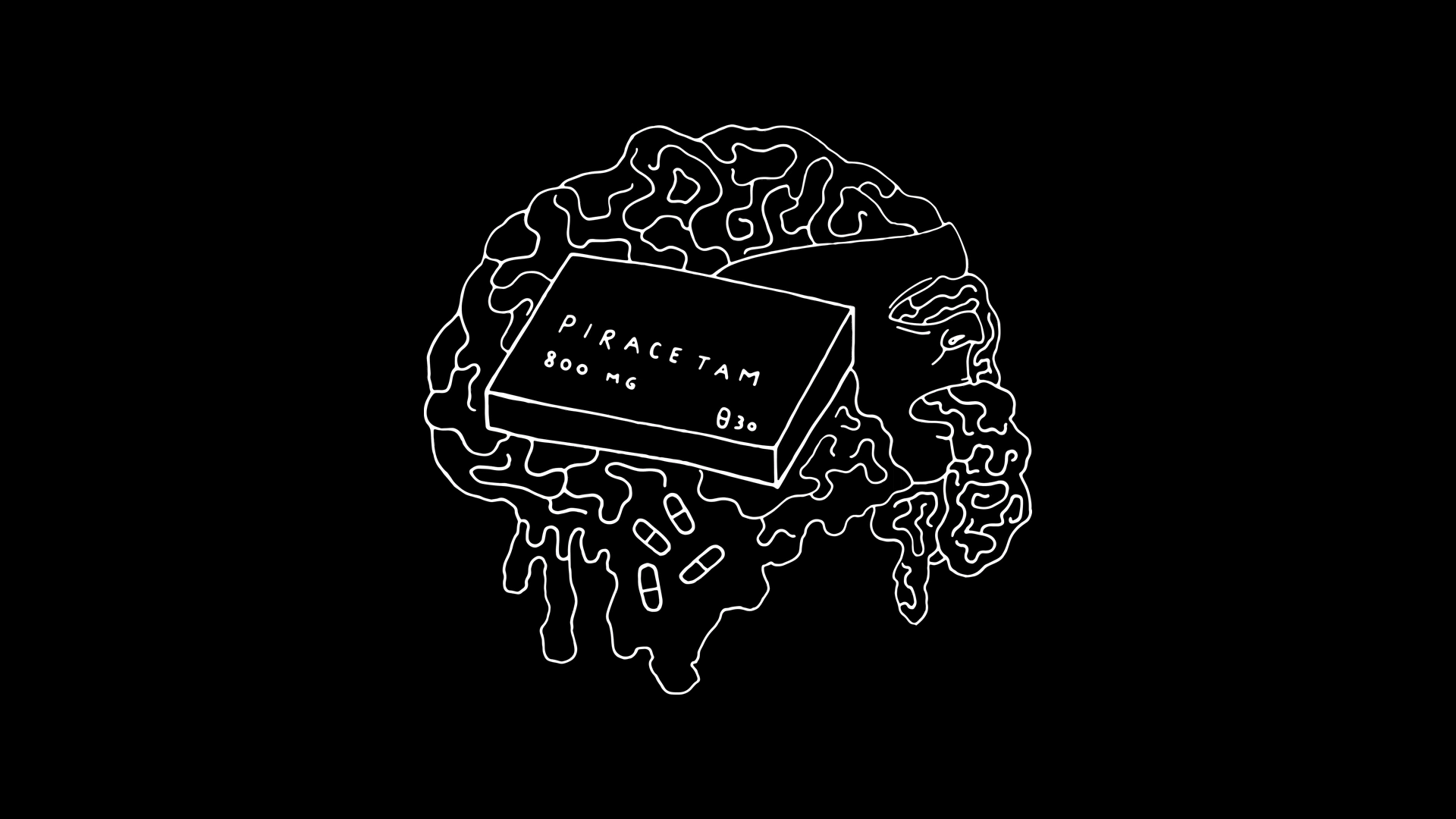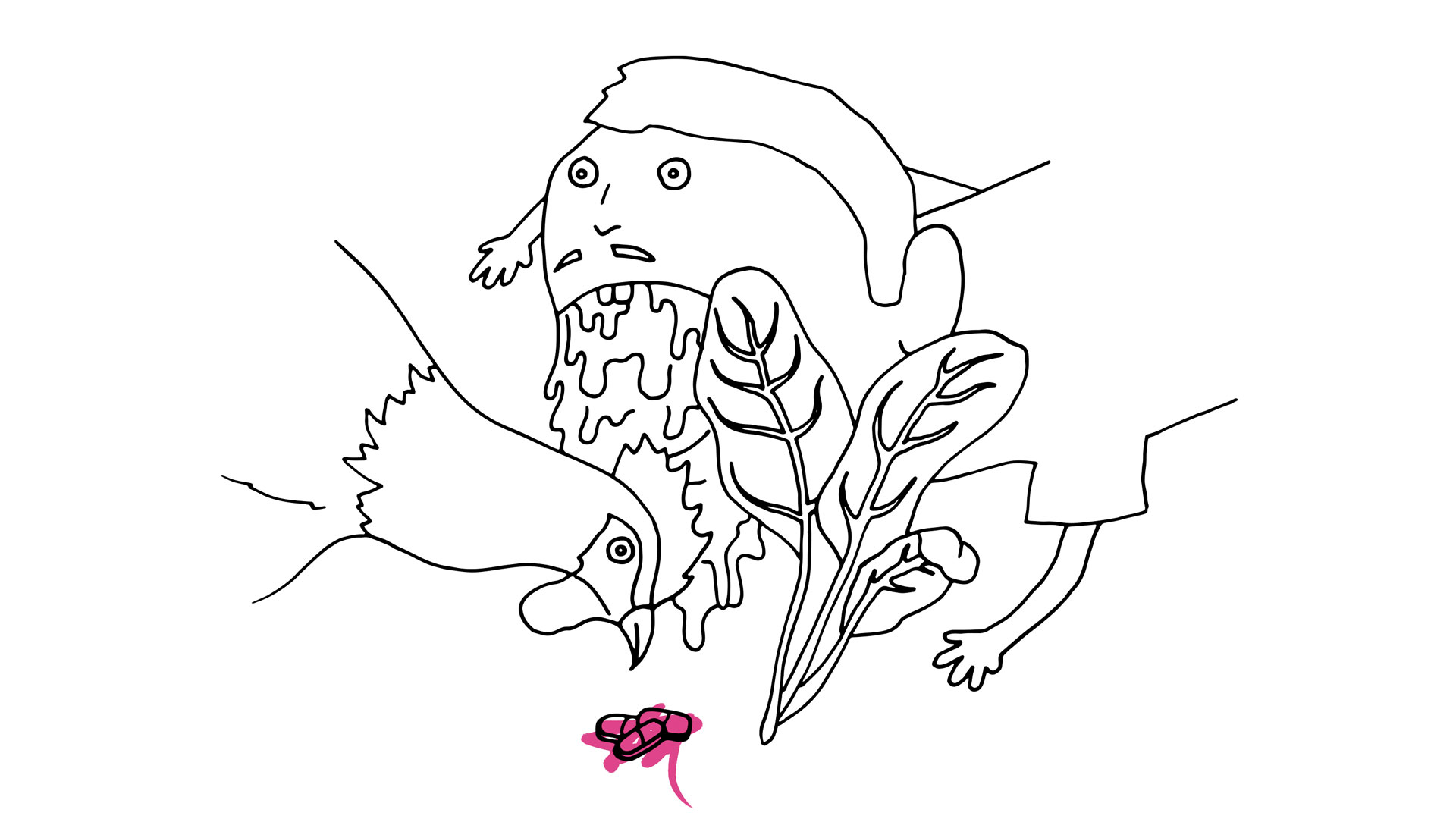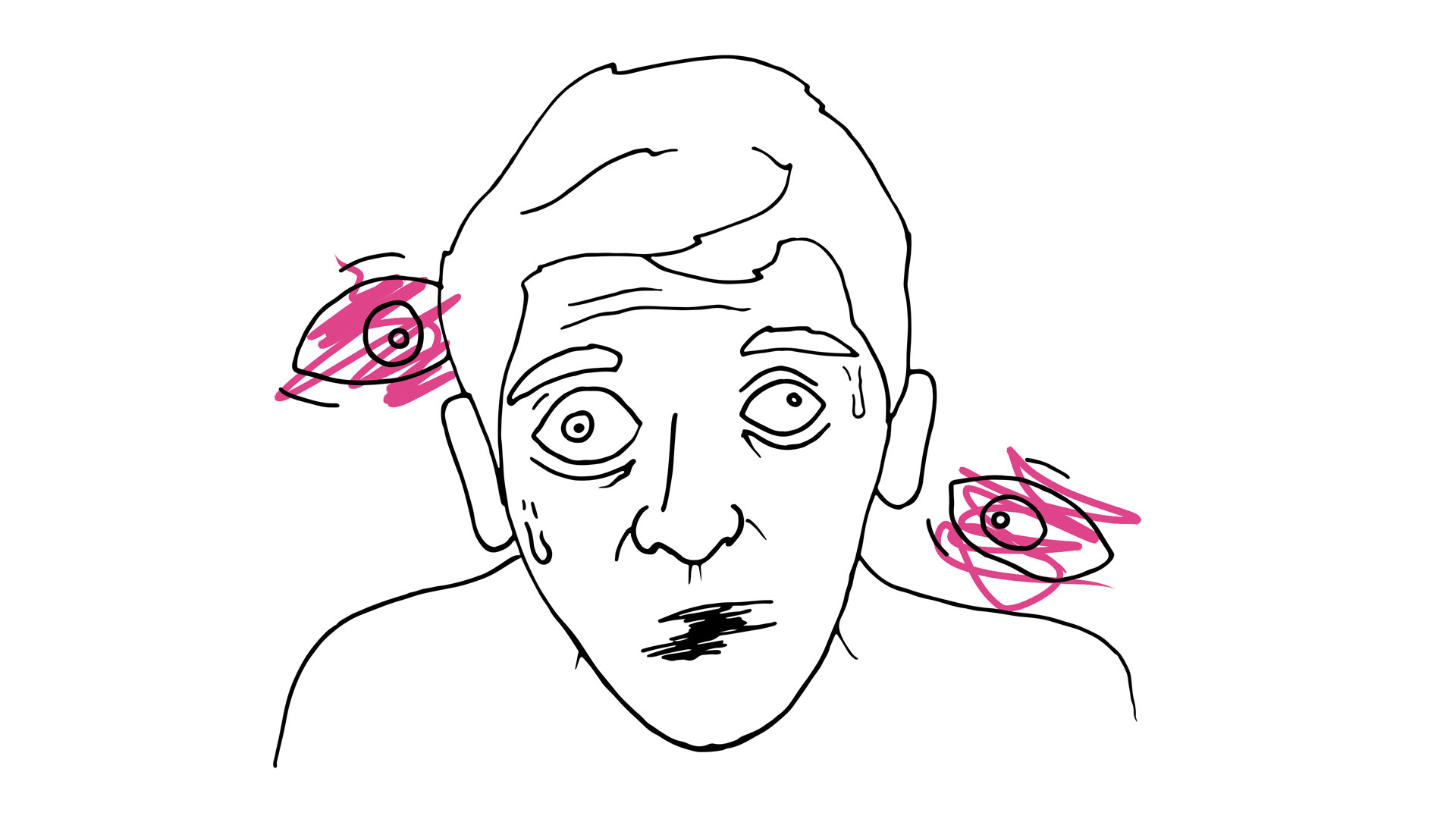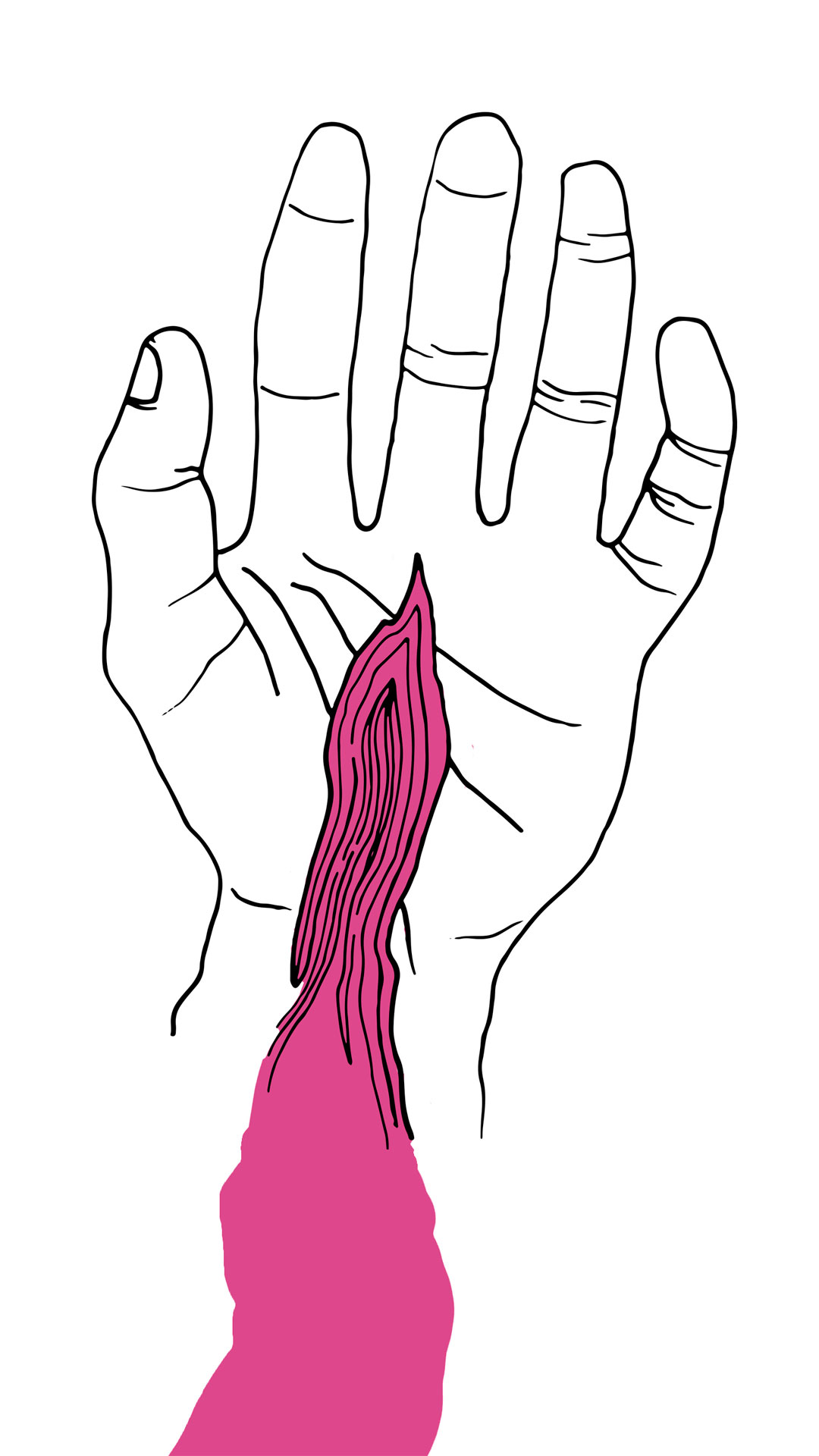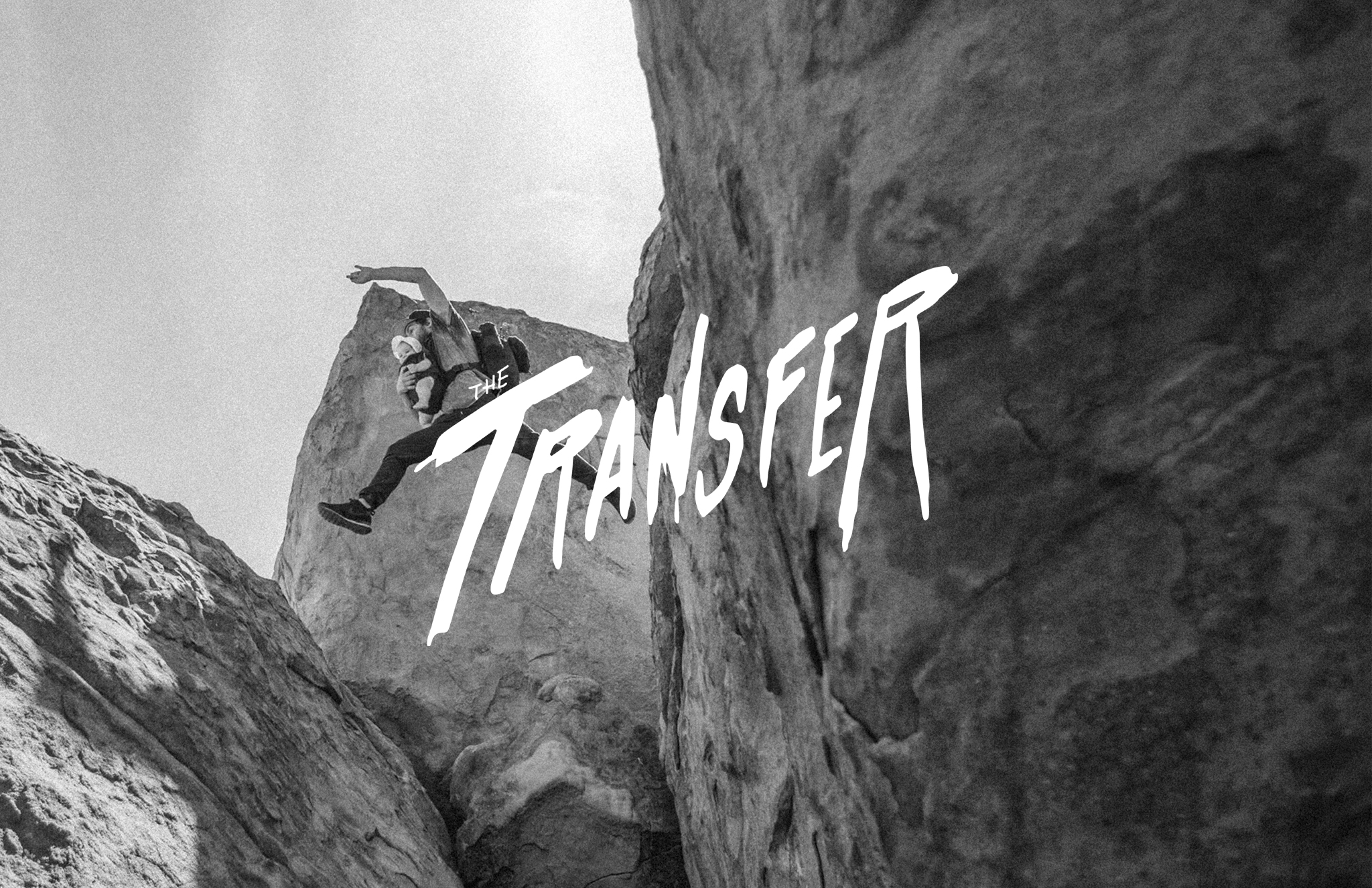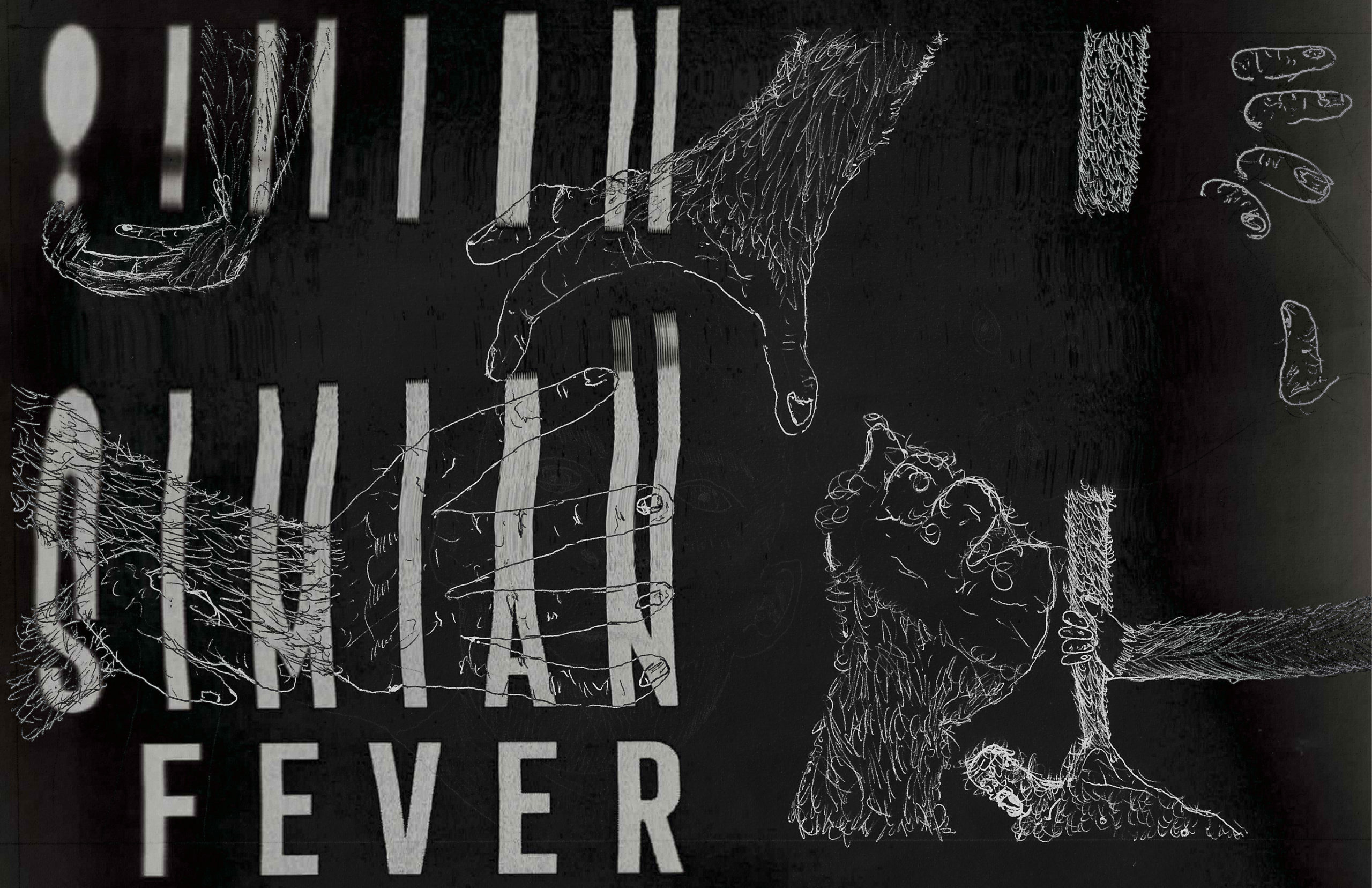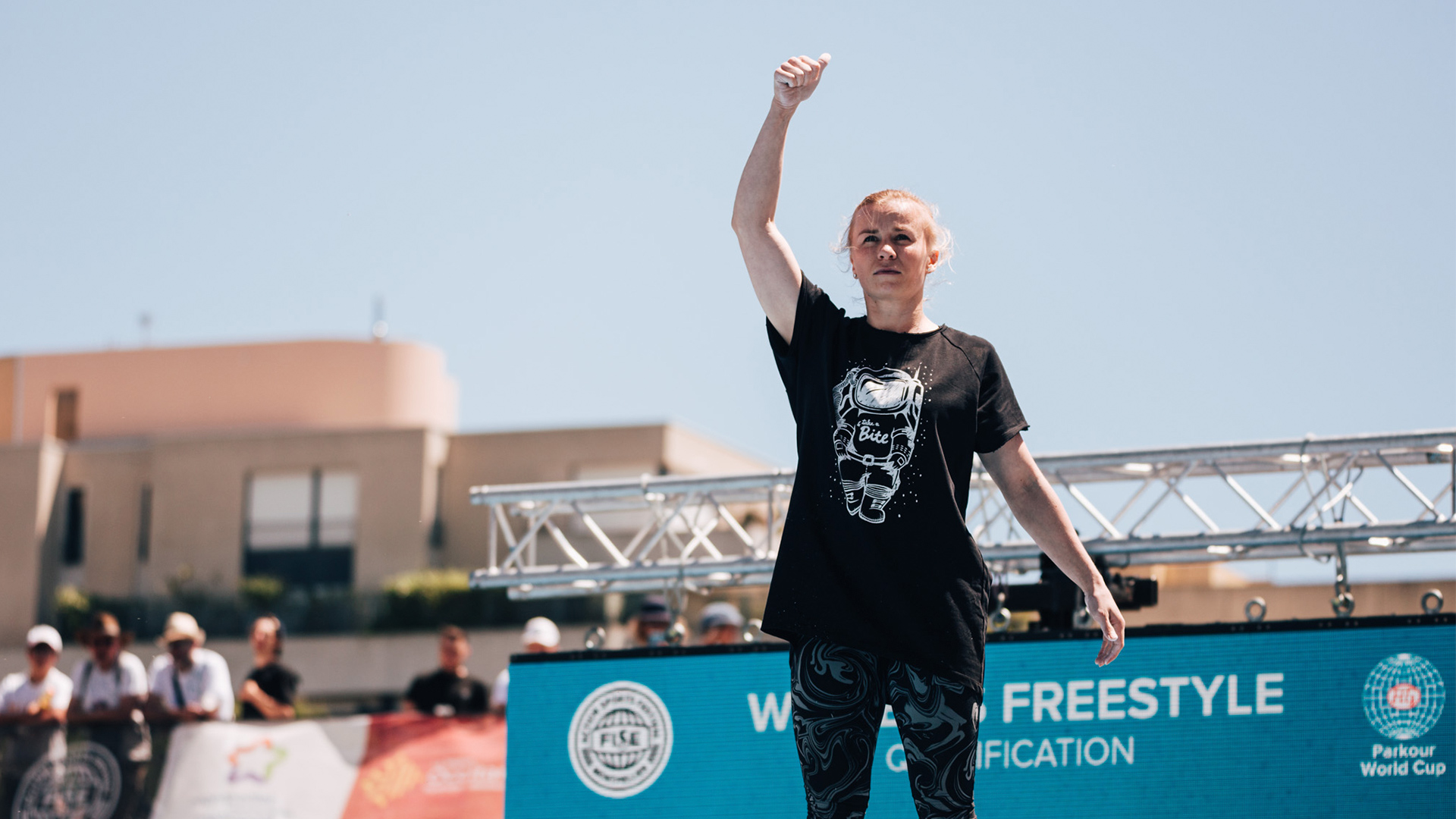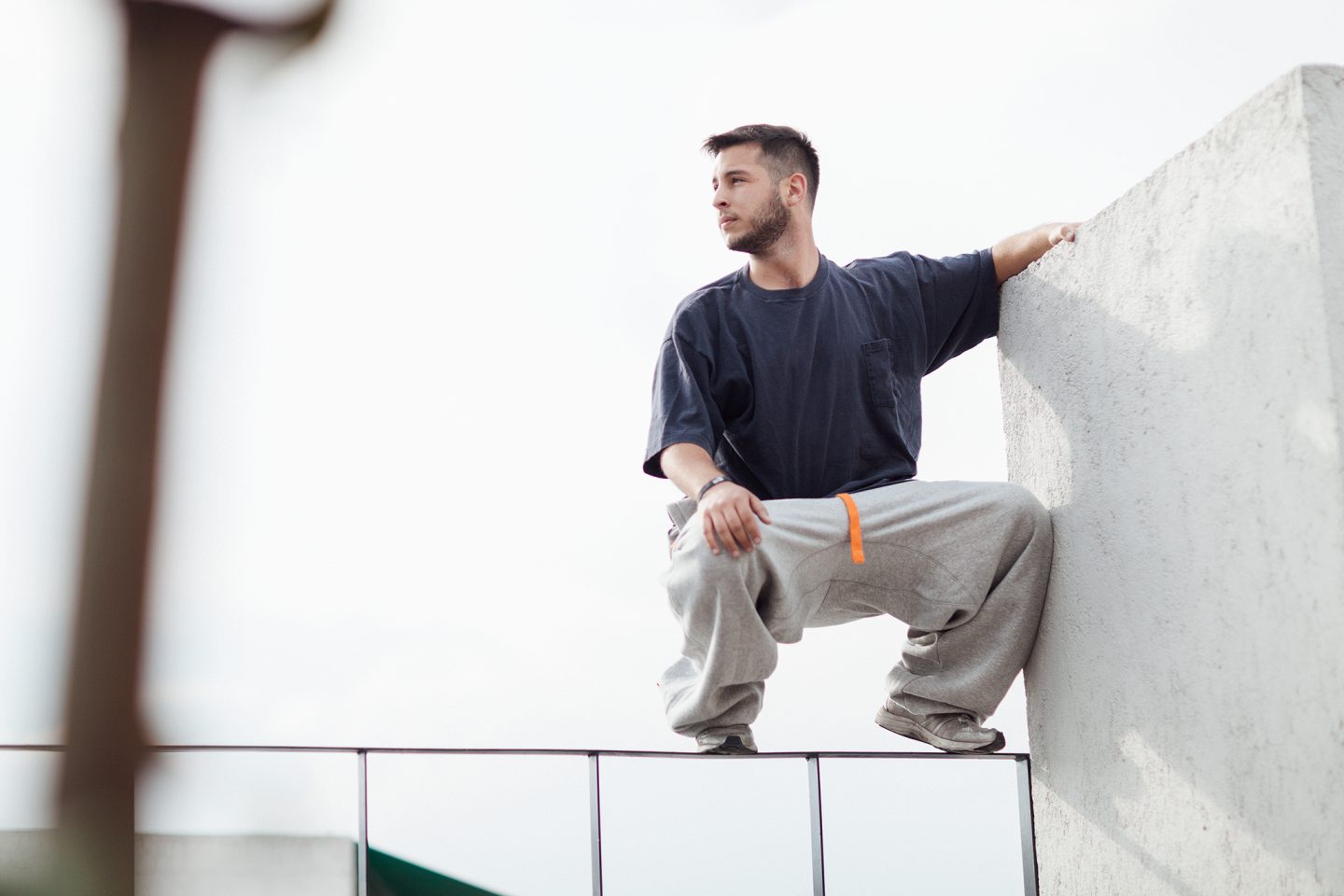DISCLAIMER
MUVMAG IS NOT FOR, AGAINST OR PROMOTING THE USE OF SUBSTANCES OF ANY KIND. WE DO HOPE TO PROVIDE BOTH EMPIRICAL AND EXPERIENCE-BASED EVIDENCE TO HELP YOU MAKE EDUCATED DECISIONS AND SPARK DISCUSSION.
I have always been interested in how far we can push the human body and mind, as well as where and how these limitations can be pushed. Generally, I take a very naturalist route to this philosophy, only using the processes and methods found within the human condition such as meditation, visualization, or physical training. Or occasionally, substances found within nature that are more or less proven to be safe for our continued existence. However, after living with my friend Lucas Dimoveo, a fellow parkour practitioner and transhumanist, I started becoming intrigued by the idea of human progress through other means.
Generally, I stay away from pharmaceuticals, except for a few that break the rule. Like albuterol, if I’m having an uncontrollable asthma attack or allergy medicine if I’m stuffed full of boogers, and I’m working on music. I mean, it’s hard for even a doctor to convince me to take a damn aspirin. However, after researching for the past few years about nootropics, I decided to see what possible training-related benefits could be associated with these substances.
For those of you who are unfamiliar with the term, Nootropics, generally referred to as smart drugs, are pharmaceuticals, supplements, nutraceuticals, and functional foods that improve mental functions such as memory, motivation or attention. Over the past few years, I have taken some natural nootropics such as Ginko Biloba and DMAE, noticing some positive benefits over time. Recently I have been experimenting with a Racetam (class of substances sharing a pyrrolidone nucleus) known as piracetam, the first nootropic to be discovered back in 1964. Piracetam is structurally similar to gamma-Aminobutyric acid (GABA), the chief inhibitory neurotransmitter in our nervous systems that plays a principal role in reducing neuronal excitability throughout the system and regulates muscular tone, but unlike GABA, does not influence the same receptors. While piracetam’s mechanism of action is not quite understood, the substance influences neuronal and vascular functions, as well as cognitive function, without acting as a stimulant or sedative. The theory is that it works by improving the permeability of cell membranes, providing enhanced delivery and dispersal of oxygen molecules to cells in the brain, seems to have a protective effect on those cells, and is also observed to result in an increase in circulation to neural tissues, creating better communication.
Piracetam and other nootropics have been used by competitive gamers for more immersive gameplay and within learning environments for enhanced learning capability for years now. With potential benefits such as supporting memory recall, information retention, and heightened focus, it’s hard to turn and run from the possibilities. So instead, I decided to see how piracetam would stack up against my runs.
Speaking of stacks, I was working with a pretty simple stack, or combination of nootropics, that included the brand of piracetam, Nootropil, and choline, a water-soluble vitamin-like essential nutrient that your body processes to produce acetylcholine, a neurotransmitter that is essential in memory and learning. Acetylcholine is why this couple makes a kickass team. Piracetam just so happens to enhance cognitive function by producing more acetylcholine and choline works synergistically with piracetam, heightening its performance.
I had a one-month supply of piracetam and wanted to see how it would affect the full spectrum of my movement practice, so I trained with various intentions for 30 days to see what potential benefits and drawbacks existed across the board.
The first day was the most intense, mostly to do with what felt like a placebo. I had an idea of what to expect and was consumed by nervousness and uncertainty of the unknown. I had my breakfast of chicken and spinach, which was my typical source of choline, followed by my dose of piracetam and an extremely uncomfortable metro ride.
There was a distinct and abrupt beginning to piracetam’s effects. I became highly anxious, slightly paranoid, and began to have a slight headache as the things around me became far more intense than usual. Sound engulfed me from all directions, every motion fought for my undying attention, and everything seemed highly vivid. I took some moments to ground myself with a few deep breaths and tried to remember this was happening because of something I had taken. I realized I was in this state of hyper-awareness, where I seemed capable of focusing on every single happening around me without disruption.
However, I do believe that the placebo also played a role in the intensity of my first experience. I had gathered from previous research that the effects of piracetam usually take time to develop, and this felt far too powerful for a first dose. Also, while the effects were continuous throughout the trial, no other day brought the same amount and form of intensity.
I wanted to give myself some days to get acquainted with the experience and understand piracetam’s capabilities before attempting to push myself within training. The next few days consisted of lengthy warmups, conditioning, and light movement. In these simplistic things, I could be mindful during the process with little effort, specifically to understand how it affected the mind and body. There were a few things that stayed entirely consistent.
When doing something repetitive, especially when fully immersed, it’s easy for me to lose track of where I am and what I’ve completed. One of the first things I noticed was that this wasn’t the case, and I was very capable of managing my focus between the physical actions and mental tracking.
When working on some drill, I was quickly drawn and locked to a singular point of focus. Especially in a busy city like Ciudad de México, it’s easy to become distracted by the infinite sights and sounds within the surroundings. However, I was able to stay entirely immersed in each stage of my objective. The only downside to this was that my vision would occasionally glue itself to a particular thing and would shift in the last second, causing hiccups in my movement or a slight moment of panic before engaging with the next obstacle.
It’s quite easy for me to become mentally fatigued even if not training at a high intensity, and there was near to no mental exhaustion during my sessions. This allowed me to move safely until I reached what I felt was my physical limitation.
Some days into the trial, I began noticing the effects becoming lighter, so I had decided to begin taking a double dose, as I planned to push my training much harder. However, upon arriving outside the metro that day, I received a call from my friend, Seb, which quickly changed the day’s direction. Our good friend Rocko, who we had planned to train with that session, had died in the night and I was being called to attend the funeral, which just so happened to be right then. Let’s just say that hyper-vivid focus is not something that makes a funeral for a friend any easier.
During the week, I spent as much time with various training methods and intensities, and within different environments to understand how the substance would affect me throughout the broadest spectrum of practice. All of my previous findings had remained and continued to grow in intensity as the trial continued.
Dialing into a challenge became instantaneous, and the flow state was easily achieved with little effort. I was capable of locking my focus on the first task and continuously spotting through every action after that. However, there was a noticeable difference between this and my normal flow state. Typically, the flow state for me is a hyper-focused motion blur of fulfillment and mostly feels like autopilot kicks in after the first step. Due to the constant state of heightened focus, there never seemed to be an autopilot sensation. Still, the hyper-focus and absolute sense of fulfillment remained.
Another interesting moment regarding heightened states of focus came when training this tac hurdle stride with Andy Haug. The challenge sat between this statue of a head, some space, a small ledge, more space, and then another ledge a little over head height. I had bounced the stride back numerous times, falling just a little short of my left leg reaching the top. Ever have a bail moment when things slow down Matrix-style, and there seems to be enough time to think, “Well, fuck,” and devise some last-second plan? Well, that doesn’t happen here. On my last attempt for the day, I watched as I misplaced my foot on the takeoff, and with too little power, connected with the wall. My foot slips forward as I catch the wall with my gastrocnemius and left hand. I look to my left hand as I am falling, watching it tear open as it pulls away from the wall. My right foot connects with the ground, I see the wall behind me, and I release myself from the wall as I am nearly in a full-split, pelvis hugging the concrete in front of me. I lean forward, tuck my chin in so that my head doesn’t make contact, reach my right hand to the ground and connect it and my right leg for a break fall as I exit with a smile on my face. I rechecked my hand, thinking it had been ripped open, only to find nothing but a small cut. All of this occurred entirely in real-time, and I was able to avoid some potentially serious injury.
Within the context of learning, movement dissection had also become significantly more digestible. I would watch a movement once or twice and be able to fully understand its mechanics. This also applied within the educational environment when teaching and breaking down the movements of others.
As the days progressed, so did my mental-physical fortitude. I took a double dose before going to this “2016 training” session, where the goal was to complete 2,016 repetitions of various exercises and challenges. When I felt I should have been tired, I wasn’t. Not a single inch of my body suffered from soreness or fatigue. At some point during the training, my friend Lucia approached, asking why I hadn’t slowed down or taken a break and had hardly broken a sweat. The only honest answer, “Drugs.”
Overall, piracetam provided many positive benefits related to focus, learning, retention, and mental fortitude. During my trial with piracetam, I experienced very few of the potential negative side-effects, which included headaches and anxiety. Most of the adverse effects I had experienced were confined within the first day and only encountered one headache aside from that.
I’m confident this will not be my final encounter with piracetam. It is an interesting substance: one with seemingly very few negatives and a handful of rewards. I think next time though, like those college students cramming for exams, I too will try my hand at some enhanced learning. Mi español aún necesita mucho amor. Or maybe it’ll be for better jumping again.
Illustration and video by Andrew Obenreder
Follow Andrew Obenreder on YouTube, Instagram, Twitter, and his website.
Want more? Subscribe to help us create more stories like this one and to make sure that we’re able to continue creating the content you love.


